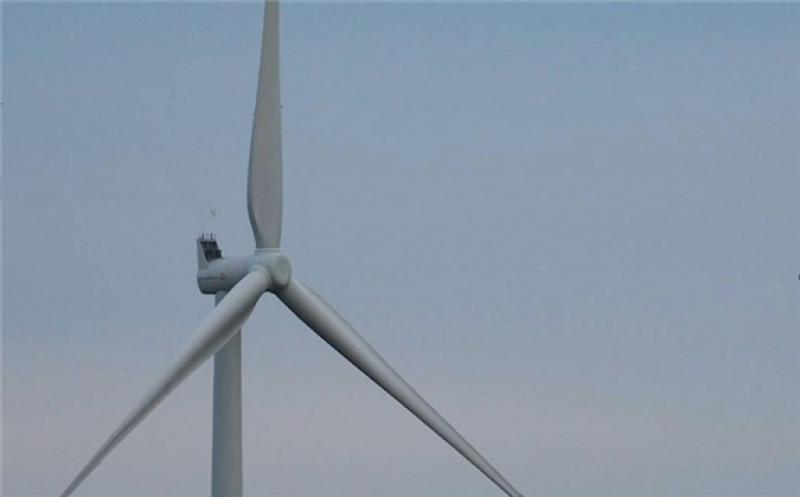Wind farms contributed 15% of total electricity generation in Europe in 2020, the sector's highest ever contribution to the region's power mix, according to new analysis by EnAppSys.

A total of 429 terrawatt-hours (TWh) of electricity was generated by wind farms last year, up 4% on 2019, out of a total of 2727TWh, EnAppSys said.
Overall, renewables delivered 41% of Europe's power last year, nuclear 25% and fossil-fuels 33%.
Clean power output was 1116TWh, up 8% on 2019's 1035TWh.
EnAppSys said all sectors of renewables increased output last year, apart from waste-to-energy.
Hydro was the largest component contributing 477TWh or 43% of clean power output, followed by wind 36%, solar 11%, biomass 8% and 1% from waste.
Germany generated the most wind, with Spain, UK, France and Sweden also relying on significant volumes from the sector, the analysts said.
EnAppSys director Jean-Paul Harreman said: “Amid the global drive to move to cleaner electricity sources, many European countries see wind farms as an increasingly vital component of the overall power mix.
“This trend was seen very starkly in the 2020 data and is likely to become more pronounced in the next few years.
“All segments of the renewable sector except waste saw increases in generation from 2019 levels, with solar and hydro seeing increases of 12% in output.”
He added that while the 2020 generation mix was broadly in line with previous years, the impact of lockdowns on demand levels was noticeable, particularly during the second quarter.
He said: “There have been variations in demand shapes throughout the pandemic since March, partly due to the different strategies adopted by countries to deal with Covid-19.
“In February, Germany and France had similar shapes and levels, while in Q2 and Q3, Germany had significantly higher peaks and lower troughs than France relative to their averages.
“Moving into Q4, demand in Germany fell more steeply than that in France as the German lockdown increased in severity.
“The Italian demand shape saw a large initial dip in February, as steps were first taken to try to control the coronavirus. Since then, it picked up over the summer, reduced slightly in Q3 and remained relatively stable in Q4.”